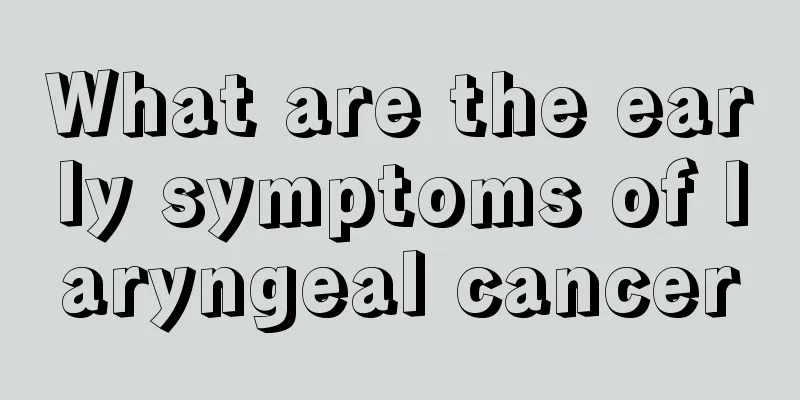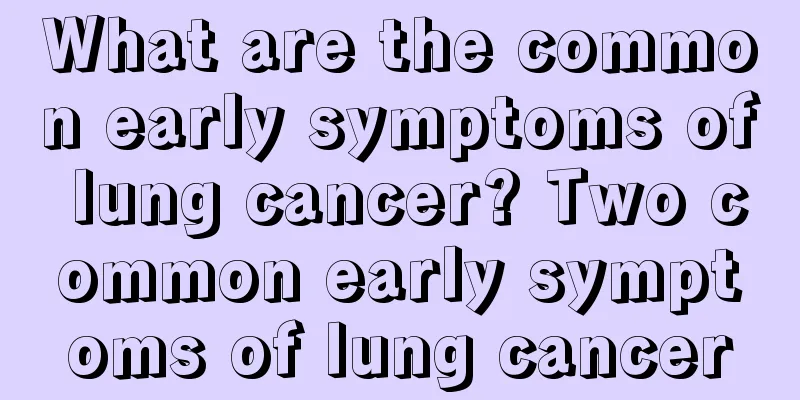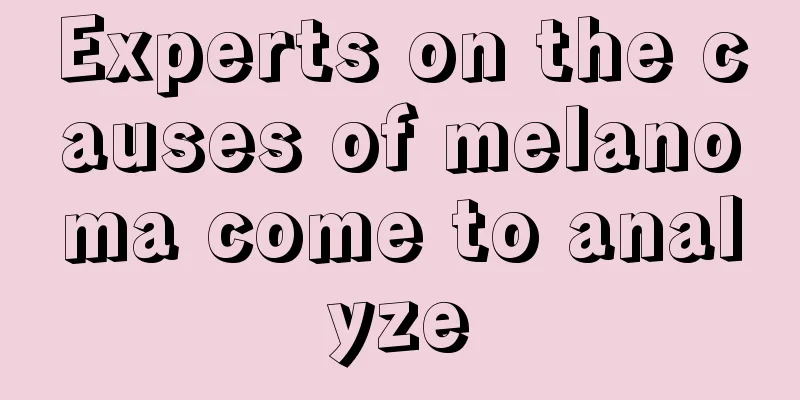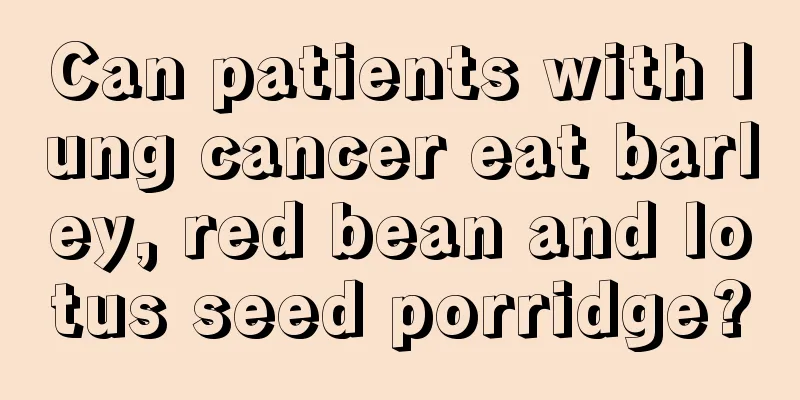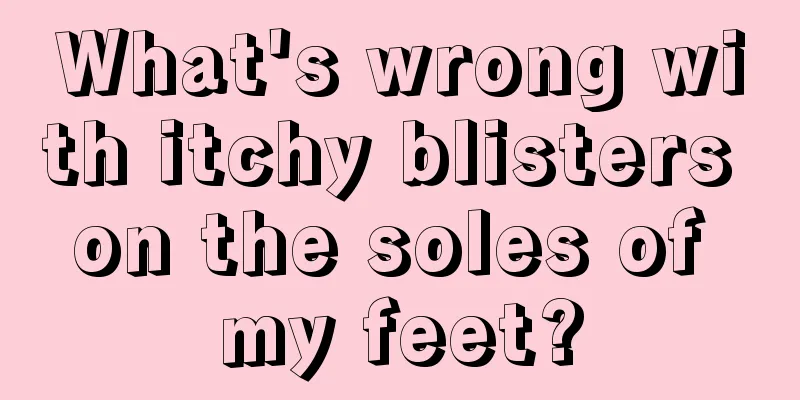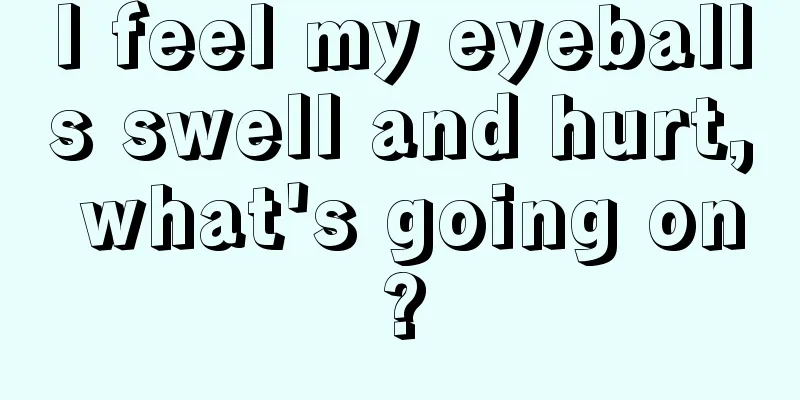How to cure acne
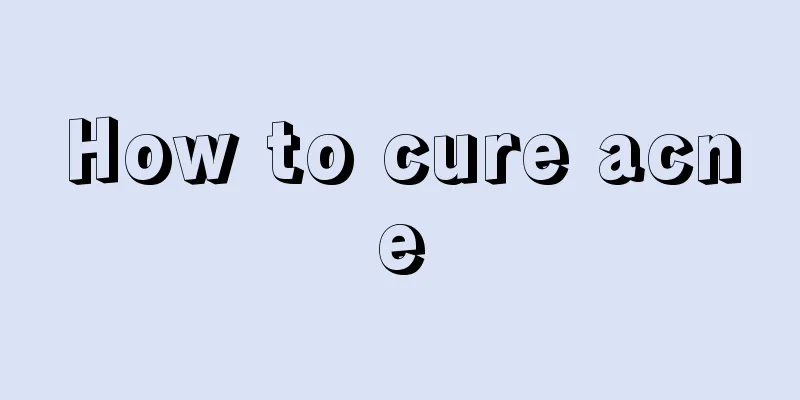
|
Regarding the issue of acne, I believe that many young people who love beauty hate acne very much. Because acne grows irregularly and is red and painful, it not only seriously affects a person's appearance, but also leaves acne scars of varying sizes. Therefore, many teenagers want to completely cure acne and get rid of this annoying adolescent disease. So how do you cure acne? The treatment of acne has become one of the common concerns of many young friends. The main cause of acne is excessive sebum secretion, which leads to clogged pores and bacterial infection. Here I will give you a detailed introduction on how to cure acne. Acne is a chronic inflammatory skin disease of the pilosebaceous unit that mainly occurs in adolescents and has a great psychological and social impact on them, but it often subsides or heals naturally after puberty. The clinical manifestations are characterized by polymorphic skin lesions such as acne, papules, pustules, nodules, etc. that are prone to occur on the face. Cause: The occurrence of acne is closely related to factors such as excessive sebum secretion, blockage of the sebaceous gland ducts of the hair follicles, bacterial infection and inflammatory response. After entering puberty, the level of androgens, especially testosterone, in the human body increases rapidly, promoting the development of sebaceous glands and producing a large amount of sebum. At the same time, abnormal keratinization of the sebaceous gland ducts of the hair follicles causes blockage of the ducts, hindering the excretion of sebum and forming keratin plugs, also known as micro-acne. Various microorganisms, especially Propionibacterium acnes, multiply in large numbers in the hair follicles. The lipase produced by Propionibacterium acnes breaks down sebum to produce free fatty acids, while also attracting inflammatory cells and mediators, ultimately inducing and aggravating the inflammatory response. Clinical manifestations: Skin lesions often occur on the face and upper chest and back. Non-inflammatory lesions of acne appear as open and closed comedones. The typical skin lesions of closed comedones (also known as whiteheads) are skin-colored papules about 1 mm in size with no obvious hair follicle openings. Open comedones (also known as blackheads) appear as dome-shaped papules with significantly dilated follicular openings. Acne will further develop into various inflammatory skin lesions, manifesting as inflammatory papules, pustules, nodules and cysts. Inflammatory papules are red, with a diameter ranging from 1 to 5 mm; pustules are uniform in size and filled with white pus; nodules are larger than 5 mm in diameter, feel hard and painful to the touch; cysts are located deeper and are filled with a mixture of pus and blood. These lesions may also fuse to form large inflammatory plaques and sinus tracts. After the inflammatory skin lesions subside, pigmentation, persistent erythema, and depressed or hypertrophic scars are often left behind. Clinically, acne is divided into 3 or 4 grades according to the nature and severity of acne lesions: Grade 1 (mild): only comedones; Grade 2 (moderate): in addition to comedones, there are also some inflammatory papules; Grade 3 (moderate): in addition to comedones, there are also more inflammatory papules or pustules; Grade 4 (severe): in addition to comedones, inflammatory papules and pustules, there are also nodules, cysts or scars. Diagnosis: Based on the characteristics of onset in adolescents, distribution of lesions on the face, chest and back, and the main manifestations of polymorphic lesions such as whiteheads, blackheads, inflammatory papules, pustules, etc., it is easy to diagnose clinically and usually no other examinations are required. Sometimes it is necessary to differentiate it from rosacea, disseminated miliary lupus faciis, sebaceous adenoma, etc. How to cure acne treat 1. Daily care: Wash your face with warm water once or twice a day to clean your skin. Avoid squeezing or scratching skin lesions with your hands. Avoid using oily and powdery cosmetics and ointments and creams containing glucocorticoids. 2. Common methods for treating acne: (1) Topical medications: retinoids (retinoic acid cream, adapalene gel, tazarotene gel), benzoyl peroxide, antibiotics (clindamycin, erythromycin, chloramphenicol, etc.), azelaic acid, sulfur lotion, etc. (2) The first choice of oral antibiotics is tetracycline (minocycline, doxycycline, etc.), followed by macrolides (erythromycin). Avoid antibiotics commonly used to treat systemic infections such as levofloxacin. The course of antibiotics is usually 6 to 12 weeks. (3) Oral isotretinoin For severe acne, oral isotretinoin is the standard treatment and currently the most effective method for treating acne. The treatment course aims to achieve a minimum cumulative dose of 60 mg/kg. (4) Anti-androgen therapy, such as the oral contraceptive cyproterone acetate combined tablets (trade name Diane-35), is suitable for female patients with moderate to severe acne accompanied by symptoms of excessive androgen levels (such as hirsutism, seborrhea, etc.) or polycystic ovary syndrome. Female patients with delayed-onset acne and acne that is significantly aggravated before menstruation may also consider using oral contraceptives. (5) Oral glucocorticoids are mainly used for fulminant or aggregated acne, following the principle of short-term, low-dose, and combined with other methods. (6) For patients who cannot tolerate or are unwilling to receive drug treatment, physical therapy such as photodynamic therapy (PDT), fruit acid therapy, laser therapy, etc. can also be considered. 3. Graded treatment of acne: (1) Grade 1 is generally treated topically, with topical retinoic acid preparations being the first choice. (2) Level 2: Combined use of topical retinoids and benzoyl peroxide or antibiotics, and oral antibiotics if necessary. (3) Grade 3 often requires combined treatment, with oral antibiotics combined with topical benzoyl peroxide and/or retinoic acid drugs as the first choice. Antiandrogen therapy may also be considered for female patients where indicated. (4) Grade 4 oral isotretinoin is the most effective treatment and can be used as first-line treatment. For patients with more inflammatory papules and pustules, systemic antibiotics combined with topical benzoyl peroxide can be used first, and then oral isotretinoin can be used for sequential treatment after the skin lesions have improved significantly. 4. Maintenance treatment of acne: Regardless of the treatment method used, maintenance treatment should be continued after the skin lesions have significantly subsided. Topical retinoic acid drugs are the first choice, and maintenance treatment should be continued for 6 to 12 months. Benzoyl peroxide can be used in combination if necessary. After reading the detailed answer to the question of how to cure acne above, I believe that all young and beauty-loving friends already know how to treat acne. Generally speaking, you should pay attention to daily care and keep your skin healthy every day. Never squeeze pimples with your hands. You can apply some ointment or medicine to the affected area. However, if you have serious acne problems, it is best to go to a regular hospital to consult a doctor so that you can cure the acne fundamentally. |
>>: What to eat to whiten teeth
Recommend
What to do if you have constipation in hot weather
People often mention constipation mainly because ...
What are the differences between bronchial asthma and asthmatic bronchitis?
Many patients often confuse bronchial asthma and ...
How to treat spinal diseases quickly and self-effectively?
The spine is a very important bone tissue, becaus...
Is blood sugar 14 high?
If the test result is a blood sugar level of 14, ...
Does thyroid cancer require surgery
Thyroid cancer does not require surgical treatmen...
Sudden hair loss
Everyone's actual situation is different, so ...
What can I eat before drinking liquor to sober up?
As living standards continue to improve, more and...
Life expectancy of patients with advanced prostate cancer
Prostate cancer is a malignant tumor disease. Cur...
Heel hurts when I straighten my legs
Some pain may occur in various parts of the human...
How is fresh peach gum processed?
Peach gum is actually the gum secreted by the tre...
What to do with multiple metastases of endometrial cancer
What should we do if endometrial cancer metastasi...
What is the reason for high total cholesterol
Total cholesterol is the sum of all cholesterol a...
What are the common nursing methods for ovarian cancer
In recent years, the incidence of ovarian cancer ...
What medicine can fight colorectal cancer
What medicine can fight colorectal cancer? Colore...
Is herpetic pharyngitis highly contagious?
Herpes is a viral infection disease with an incre...
